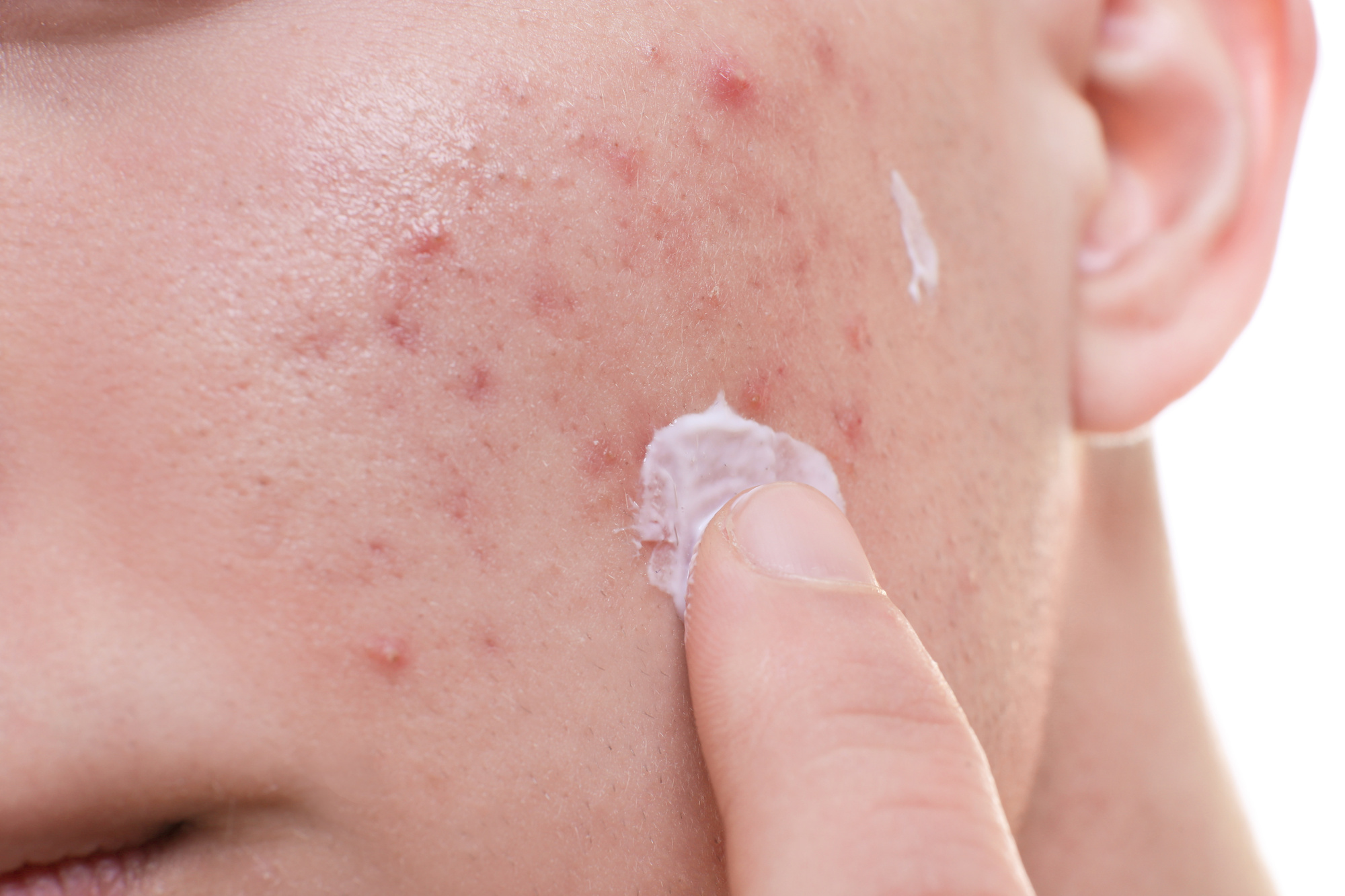More than 84 million Americans have some sort of skin condition. Some examples include eczema, contact dermatitis, rosacea, and shingles.
The most common skin condition, however, is acne. In the United States, it affects up to 50 million individuals, most of whom are adolescents.
While it’s not life-threatening per se, it can have long-lasting psychosocial effects.
Fortunately, there are treatments that can help. Want to know what they are? Looking for a guide on how to get rid of acne quickly?
If so, you’re at the right place. Keep reading for some skincare tips!
1. Use Salicylic Acid
Salicylic acid is a beta-hydroxy acid (BHA) that’s used to treat many skin disorders including acne. It works by dissolving the bonds between dead skin cells so that they can be released more easily. That’ll prevent pores from clogging, which will lead to fewer breakouts.
And it comes in many different forms. For example, you can get it as a gel, lotion, or ointment. There are also cleansers and masks that contain the ingredient.
Keep in mind, however, that it can take several weeks for you to see its full effect. It can also cause dryness and irritation (from removing too much oil), especially when you first start using it.
2. Use Benzoyl Peroxide
Benzoyl peroxide is a topical bactericidal agent—that is, it works by killing bacteria underneath the skin. Not only that, but it’ll also clear the pores of excess oil and dead skin cells.
While it’s effective for all types of acne, it works particularly well for inflammatory lesions (e.g. pustules, nodules, papules, cysts).
If anything, you just have to choose the right concentration. Take the face, for example, you’ll want to use a lower percentage of benzoyl peroxide (less than 4 percent) as the area tends to be quite sensitive. The back and chest, on the other hand, are more resilient and can tolerate a higher concentration.
Tip: You can minimize the risk of side effects (e.g. dryness, skin irritation) by starting off with a lower concentration. You can then work your way up, assuming that your skin can tolerate it.
3. Use Azelaic Acid
Azelaic acid is a naturally occurring acid that’s found in wheat, barley, and rye. Not only is it effective for treating active acne, but it can also help prevent future outbreaks. It does this by clearing the pores of bacteria and encouraging cell turnover, the latter of which will make your skin heal more quickly.
It’ll also reduce inflammation, which will make your acne lesions less visible. Studies have also shown that it can help even out hyperpigmentation triggered by acne.
Available in various dosage forms (e.g. cream, foam, gel), it should be applied to the skin twice a day after cleansing. Avoid using astringents or harsh skincare products such as those containing alcohol while you’re using azelaic acid as it can increase the risk of irritation.
4. Use Tea Tree Oil
Tea tree oil is an essential oil that’s derived from the leaves of the Melaleuca alternifolia tree. Also known as melaleuca oil, it’s known for its ability to fight bacteria—more specifically, S. epidermidis and P. acne—both of which can cause pimples.
In fact, research has shown that it’s just as effective as 5% benzoyl peroxide at reducing acne lesions. It also has anti-inflammatory properties and can help calm redness and swelling. It may even help prevent and reduce acne scars.
It’s important to note, however, that tea tree oil is very potent and must be diluted with a carrier oil. You should also perform a patch test before applying it onto your skin as it can be very irritating.
5. Use a Topical Retinoid
Topical retinoids are medications that are derived from vitamin A. They’re effective at treating comedonal acne such as blackheads and whiteheads and are available in various forms such as gels, creams, and ointments.
They work by exfoliating dead skin cells and boosting the production of new ones. They also have anti-inflammatory and anti-aging properties.
They don’t require a prescription either—you can get them over-the-counter. Stronger concentrations (over 0.1%), however, will require a doctor’s visit. Depending on the situation, they may prescribe them on their own or in combination with other treatments such as salicylic acid or benzoyl peroxide.
6. Consider Prescription Medications
Can acne be genetic? The short answer is yes. While there’s no single gene that’s associated with breakouts, genetics can impact your chances of having acne. For example, certain mutations can put you at a higher risk of developing cystic acne.
In cases like that, prescription medication may be necessary. For instance, your doctor may prescribe isotretinoin, a drug that’s derived from vitamin A. It works by shrinking the sebaceous glands in the skin, which will help reduce the amount of oil that’s produced.
The only thing is that it can take several months for it to work. It’s also associated with some serious side effects such as bruising, vision problems, muscle pain, persistent headaches, and mood swings.
Knowing How to Get Rid of Acne Quickly
And there you have it—a guide on how to get rid of acne quickly. As you can see, there are various options from topical creams to oral medications. For more information on how to get smooth skin, consider talking to a dermatologist.
If you found this post helpful, you’ll be happy to know that we have more guides like this in our health and fitness section. Check it out today!
